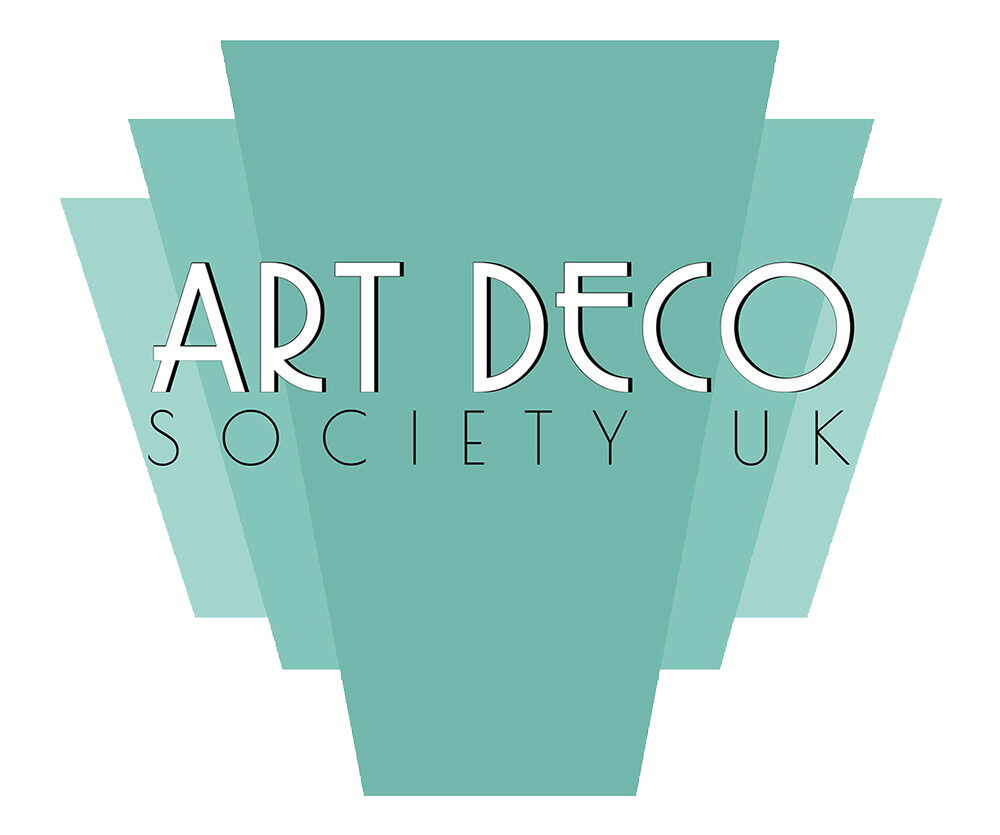By Sam Mee
The jewellers of the time didn’t know it – but the common themes in their work make the Art Deco period one of the most recognisable eras when it comes to rings and other jewellery.
Ring makers, alongside other craftsmen of the time, benefitted from new manufacturing and gem cutting techniques and easy access to different materials. Geometric shapes, heavy use of platinum (or white gold) instead of yellow gold, and luxurious gems with intense colours mark Art Deco rings out from their predecessors from the Edwardian or Art Nouveau period. Rings from those earlier times had more natural, muted or free flowing designs. But what exactly makes a ring Art Deco?

Shapes
The Art Deco aesthetic is epitomised by frequent use of linear and geometric forms, including triangular patterns, squares, circles and even zigzags, inspired by the age of machines and by Cubism – a contrast to the more delicate shapes of prior eras. Part of this is down to newer cutting technologies which allowed for better and more pronounced symmetry. The rule of three was a popular approach with trios of set gemstones – a large central gem flanked smaller stones. Cluster rings were also popular. And Art Deco jewellery also often borrowed from Egypt, China, Japan and the Aztec culture.

Gems and colours
Opulence is the name of the game. Red rubies, blue sapphires and green emeralds were all used alongside diamonds to complement and contrast with the dazzling brilliance of Art Deco diamonds and white metals. You also saw a rise in the use of other gemstones like aquamarine, jade, pearls, onyx, ivory and turquoise. And the admiration for new technology meant non-organic synthetic materials made in labs, such as bakelite, became popular.

Art deco metals
Platinum was the most popular metal, with technological advancements allowing it to be finely worked. The 20s and 30s saw some tough economic times, including the Great Depression, so white gold was used as an alternative. Rings often featured filigree work (with thin twists and curls of metal) and milgrain detailing (literally “a thousand grains”, where tiny bead shapes added depth and texture to the otherwise clean lines).

Gems were often prioritised over metal bands, however. The pavé setting was popular and dotted smaller gemstones, typically diamonds, along a ring’s band to accentuate the main stone. And some designs, such as the “invisible setting”, completely hid the metal band under gems.
Cuts
New techniques led to new cuts to show off the colourful gems. The emerald cut is now synonymous with the 1920s, with its long step-cut facets and a large, open table (the top facet). The squarer Asscher Cut, with its hall of mirrors effect, was the first diamond cut to be patented. Other cuts from the era include the Marquise, curved with pointed ends and designed to make gems look as big as possible, and the minimalist baguette, used in side stones alongside a main gem. Cabochon cut gemstones were also popular – this is the oldest form of gem cutting, with no facets. It is characterized by a smooth, rounded often oval shape that is polished, ideal for opaque or translucent stones.

Further information
Famous brands
Some of the biggest names in fashion rose to prominence in the Art Deco era, such as Coco Chanel. Women’s expectations rose after the end of the war, translating into new fashions (with shorter hemlines) and greater demands, matching their change in responsibilities, rights and work.
A big winner was Cartier, established in 1847, which went on to epitomise many of these trends in its jewellery, as well as the obsession with Egypt prompted by the discovery of Tutankhamun’s tomb in 1922. Cartier’s embrace of the colourful led to what we now call the Tutti Frutti style (inspired by India), featuring combinations of colourful gems. Royals and film stars sported Cartier pieces as well as those from other notable Art Deco names include Bulgari and Van Cleef & Arpels.

Art Deco rings: verdict
A lot was left behind after World War 1. The Victorian desire to mourn, the more natural designs of the Edwardian era, and the more muted colours of Art Nouveau. In its place came widespread societal change and what we now call Art Deco – defined by shapes, colours and above all modernity, and epitomised by the likes of Cartier.
Art Deco rings are one of the most popular antique pieces. There is high demand for emerald target rings plus kite-shaped, emerald-cut diamonds. And the other interesting thing is that these rings sit on the cusp of vintage (usually defined as 50-100 years) and antique (100+ years old). Regardless of the label, they’ve stood the test of time.
Sam Mee is founder of https://www.antiqueringboutique.com/, which has traded since 2019 and sells Art Deco, Edwardian, Victorian and Georgian rings. You can see the collection of Art Deco rings at https://www.antiqueringboutique.com/collections/art–deco–rings-1920s
